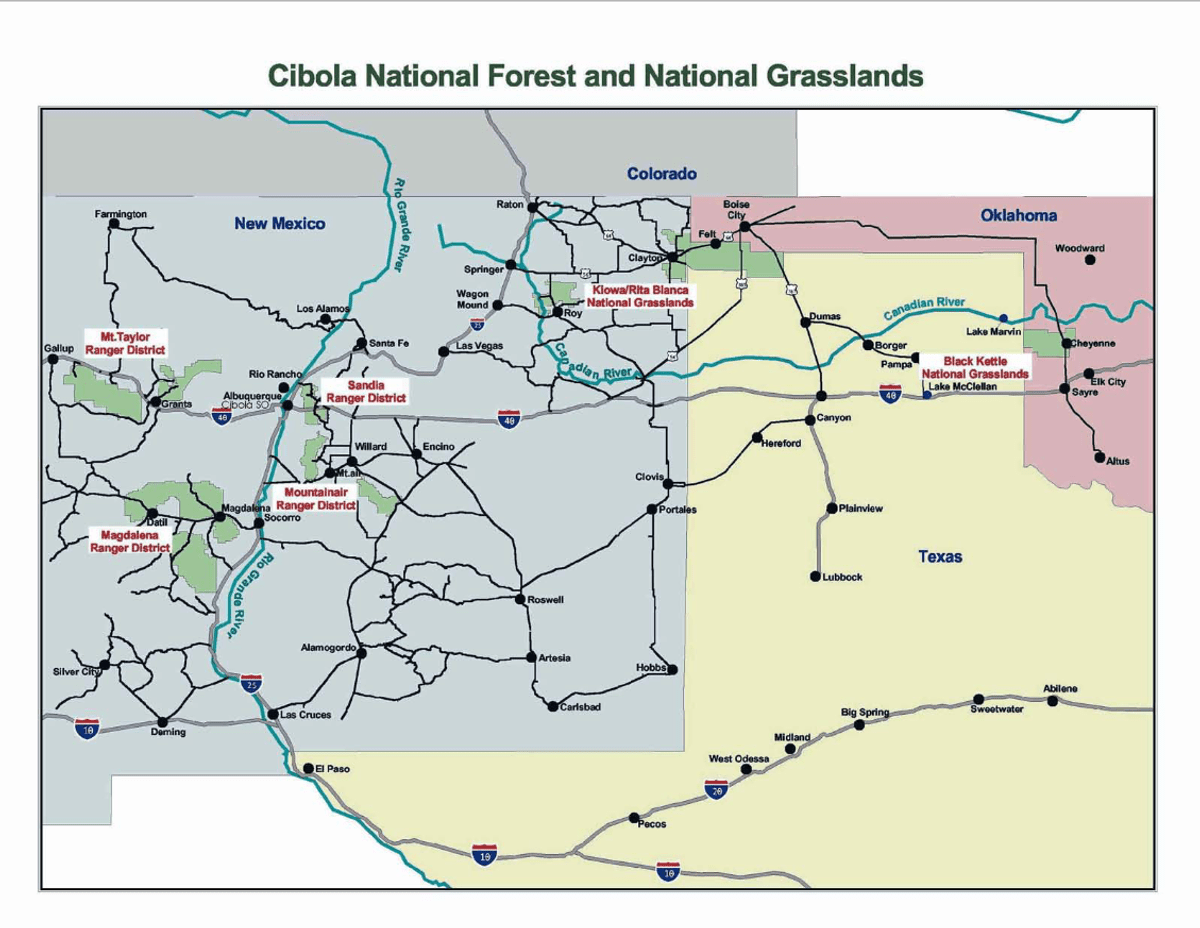Cibola NF--Sandia Hawkwatch (spring)
Cibola NF--Sandia Hawkwatch (spring)
Cedar Crest, New Mexico 87008
Official WebsiteSandia Hawkwatch map
Cibola National Forest Official Website
About this Location
Hawkwatch International (HWI) and the Cibola National Forest are working to learn more about raptors and their migration through New Mexico at the Sandia and Manzano Mountains research sites. HWI began standardized, annual migration counts in the Sandia Mountains in 1985, followed by a banding project in 1990. These operations came to a close in 2010 when HWI decided to focus resources on the fall migration operations at the Manzano Mountains site.
Historic annual spring counts typically range between 3,200-6,500 migrants of up to 18 species. The Sandia count monitored long-term trends in populations of raptors using the southern Rocky Mountain Flyway. In 1999, HWI tracked raptors banded in the Sandia and Manzano Mountains using satellite telemetry that provided valuable information on the breeding and wintering distributions and migratory habits of selected species. This historic spring migration site continues to be a cherished place to many, and HWI continues to lead occasional field trips to the site during spring migration.
About Cibola National Forest
See all hotspots at Cibola National Forest
Cibola National Forest covers more than 1.6 million acres and includes mountains, grasslands, wilderness, and forests. The name Cibola comes from the Zuni word for their tribal lands, which the Spanish later translated as "buffalo". The forest is home black bears, cougars, elk, and pronghorn. Cibola National Forest offers many recreational opportunities including hiking, camping, fishing, hunting, and skiing. It also has cultural and historical significance, as it contains ancient Native American sites and historic trails.
The National Forest has four ranger districts: Sandia, Mountainair, Magdalena, and Mount Taylor. In addition, the Cibola has four wilderness areas: Sandia Mountain, Manzano Mountain, Withington, and Apache Kid.
Content from Official Website and Cibola National Forest Official Website

